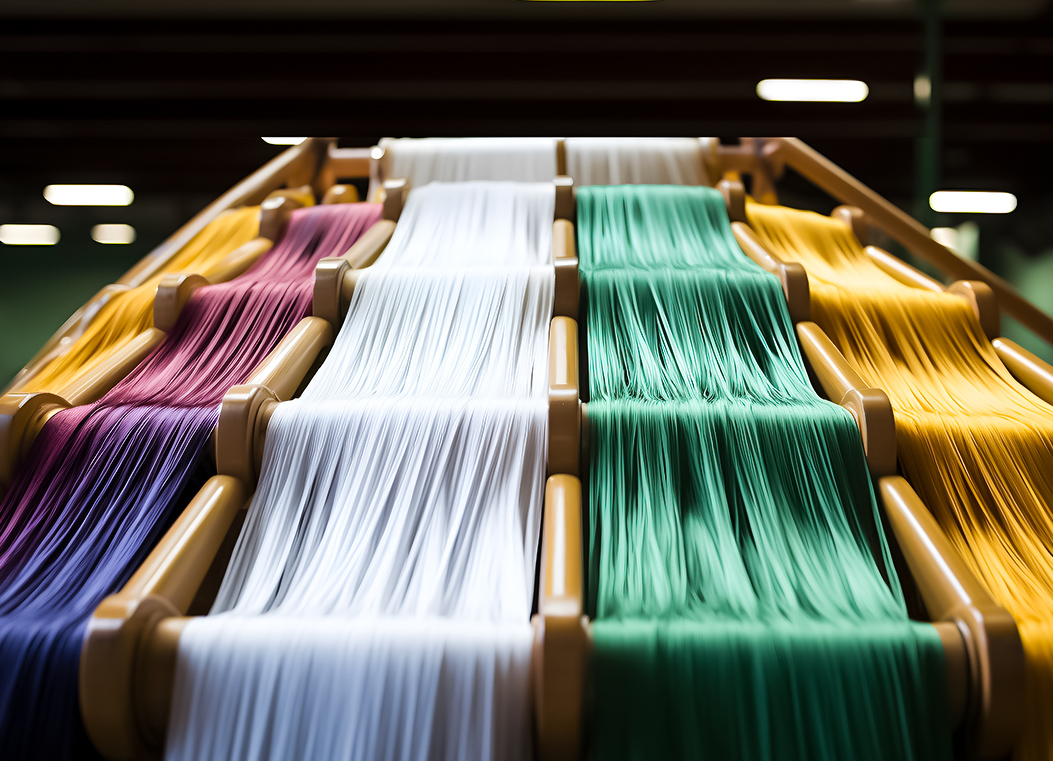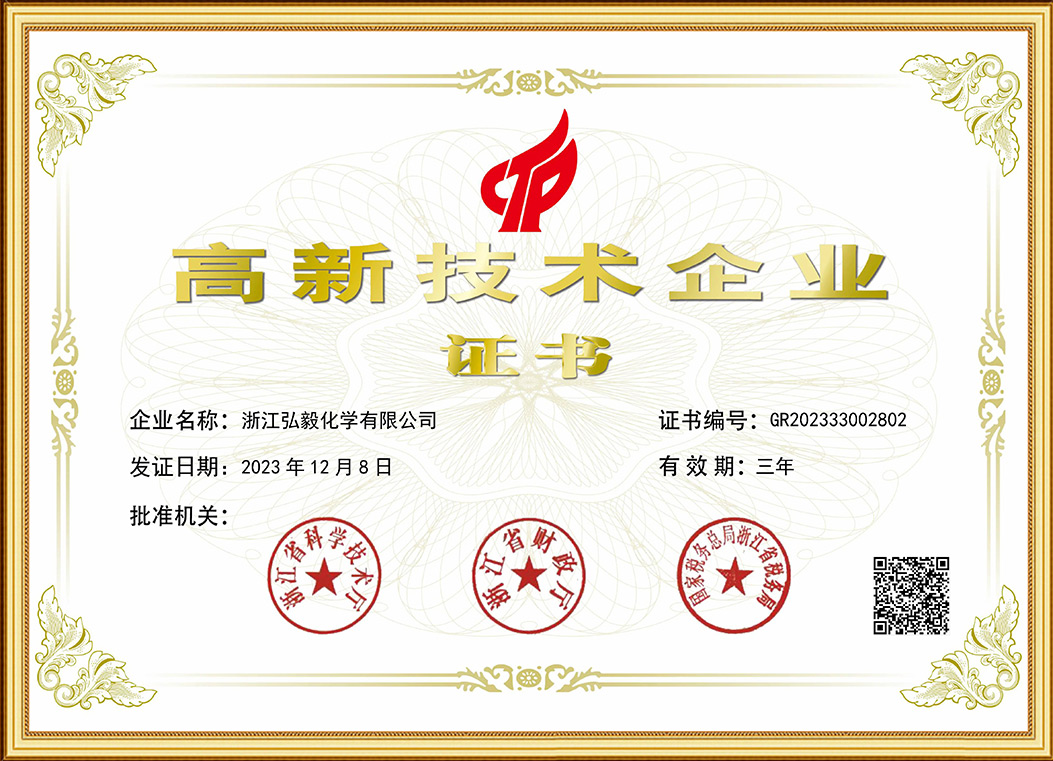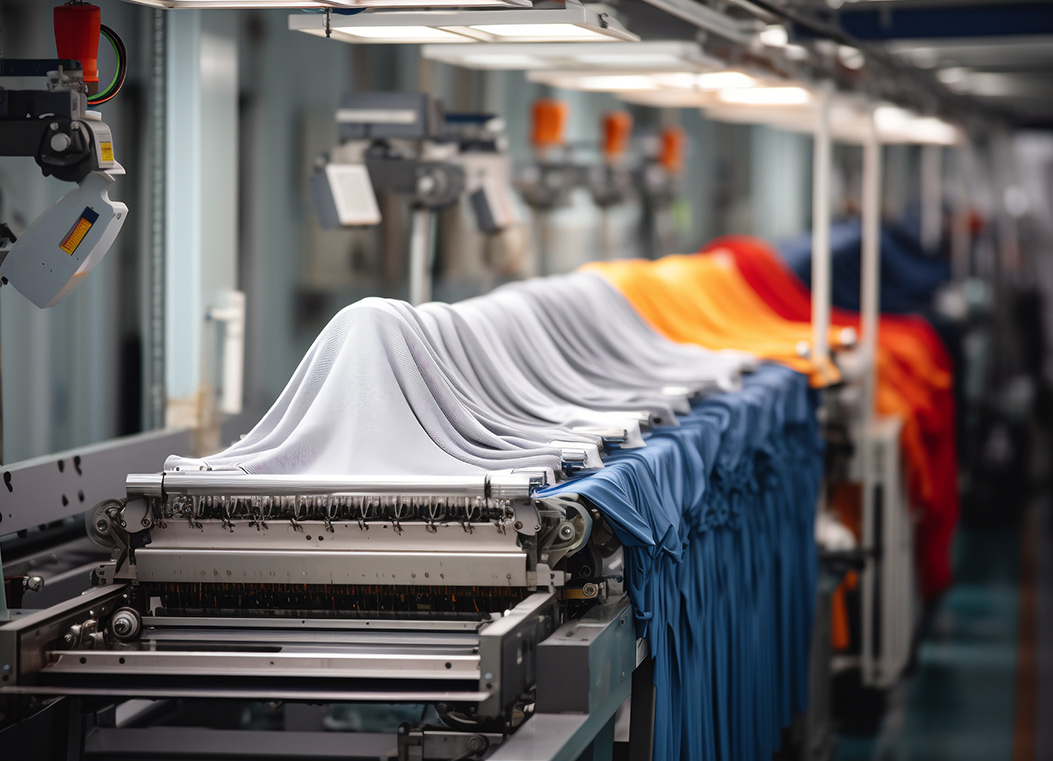Fluorescent Whitening Agent has become a staple in modern manufacturing, addressing the demand for enhanced whiteness and brightness in diverse materials. Among these agents, Optical Brightener OB-1 has gained attention for its ability to deliver steady results across various whitening applications.

Understanding Optical Brightener OB-1
Optical Brightener OB-1 is a type of fluorescent whitening agent. It appears as a yellow-green crystalline powder, odorless, and insoluble in water, though it dissolves in paraffin, mineral oil, wax, and common organic solvents. Its molecular structure allows it to interact with light in a specific way: it absorbs ultraviolet radiation (typically in the 300-400 nm range) and re-emits it as visible blue light. This blue light complements the yellowish tones naturally present in many materials, creating the perception of increased whiteness and brightness.
Characteristics Supporting Steady Performance
Heat Resistance
Optical Brightener OB-1 exhibits notable heat resistance, with a melting point between 357-360°C and a decomposition temperature exceeding 450°C. This makes it suitable for processes involving high temperatures, such as plastic molding or fiber extrusion, where maintaining performance under heat is critical. Materials treated with OB-1 retain their whitening effects even after exposure to the elevated temperatures common in manufacturing.
Light Stability
In addition to heat resistance, OB-1 demonstrates light stability. When incorporated into end products, it resists degradation from prolonged exposure to sunlight or artificial light sources. This stability ensures that the whitening effect persists over time, reducing the need for reapplication or replacement in items used outdoors or in well-lit environments.
Compatibility
Optical Brightener OB-1 shows compatibility with a range of substrates, including various plastics, synthetic fibers, and coatings. This versatility allows it to be integrated into different production lines without requiring extensive adjustments to existing processes, supporting consistent results across diverse manufacturing setups.
Applications in Whitening Scenarios
Plastics Industry
In plastics, OB-1 is used in materials like polypropylene, PVC, ABS, and polystyrene. It enhances the whiteness of both new and recycled plastics, helping recycled materials meet visual standards comparable to virgin plastics. For example, in the production of plastic containers or packaging, OB-1 contributes to a uniform, bright appearance that aligns with consumer expectations for cleanliness.
Textile and Fiber Production
Synthetic fibers such as polyester and nylon benefit from OB-1 during manufacturing. Added to fiber stock solutions, it ensures even distribution throughout the material, resulting in consistent whiteness in finished textiles. This is particularly useful for apparel, home textiles, and industrial fabrics where a bright, uniform look is desired.
Coatings and Inks
Optical Brightener OB-1 is also incorporated into coatings, paints, and inks. It improves the brightness of these products, enhancing the visual appeal of painted surfaces or printed materials. In coatings for metal or wood, it helps achieve a brighter finish without altering the base color’s integrity.
Practical Guidelines for Use
Dosage Recommendations
Typical dosage of Optical Brightener OB-1 ranges from 0.01% to 0.05% by weight of the base material, depending on the substrate and desired effect. In plastics, higher dosages may be used for recycled materials to counteract existing discoloration, while lower dosages suffice for virgin plastics.
Mixing and Incorporation
For plastics, OB-1 is often pre-mixed with the resin before molding or extrusion. In fiber production, it is added to the polymer melt or spinning solution. For coatings and inks, it can be ground into the base material during production or dispersed using high-speed mixers to ensure uniform distribution, which is key to avoiding streaks or uneven whitening.
Storage and Handling
Stored in a cool, dry place away from direct sunlight, OB-1 remains stable for extended periods. It should be handled with standard chemical safety precautions, including the use of gloves and protective eyewear, to prevent dust inhalation or skin contact.
Optical Brightener OB-1 continues to be a go-to choice for whitening applications across industries, supported by characteristics that ensure steady performance. Its consistent performance and adaptability make it a valuable component in meeting the demand for reliable whitening solutions in various manufacturing processes.

 EN
EN 中文
中文 ES
ES




.jpg)












